Jisan Recreation Area (지산유원지)
11.4Km 690 2023-01-25
35-1, Jiho-ro 164beon-gil, Dong-gu, Gwangju
+82-62-221-2760
Jisan Recreation Area reopened around December 2016, resuming monorail operation after 11 years. The unique rattle of a monorail running on one rail gives passengers a thrill. If you ride the monorail, you can see the panoramic view of Gwangju and the top of Mudeungsan Mountain at a glance. The monorail starts on the mountainside, 50 meters away from the end point of the lift, along the forest road, and runs to and from the top of the mountain in Jisan Recreation Area, where the octagonal pavilion is located. After reopening, it became popular among the younger generation through social media and word of mouth as a unique amusement facility where you can enjoy thrills on Mudeungsan Mountain in Gwangju.
Seryangji Reservoir (세량지)
11.4Km 4524 2019-11-06
+82-61-374-0001
Selected by CNN as one of the 50 beautiful places to visit in South Korea, Seryangji Reservoir offers amazing scenery not to be missed. The best time to visit is during spring when the cherry blossoms bloom along the lakeside. The reservoir on misty mornings and when the waters mirror the cherry blossoms are the most popular views. The site is especially popular among photographers.
Wolbongseowon Confucian Academy (월봉서원)
12.3Km 4310 2021-07-06
133, Gwanggok-gil, Gwangsan-gu, Gwangju
+82-62-960-8253
Wolbongseowon Confucian Academy, built in 1578, was established by Kim Gyehwi and other confucian scholars to honor Ki Daeseung's study and virtue through Mangcheonsa Shrine. The location of the academy was moved to its current site in 1646, and the name Wolbong was given by King Hyojong in 1654. In 1671, Bak Sang and Bak Sun's shrines were moved from Deoksansa Shrine by the suggestion of Song Siyeol. Also, Kim Jangsaeng and Kim Jip's shrines were additionally placed in 1673. Unfortunately, the confucian academy was abolished due to the abolition policy of Daewongun in 1868. Later, Bingwoldang Hall was built by Jeollanam-do's Confucian scholars in 1938, followed by Gojiksa Shrine in 1972, Jangpangak Pavilion and Oesammun Gate in 1978, Sau in 1980 and Naesammun Gate in 1981. Bingwoldang is designated as Gwangju Monument No. 9 and woodblocks of Gobongjip are preserved in Jangpangak Pavilion.
Kkotpineun Chunsamwol (꽃피는춘삼월)
13.0Km 0 2024-02-13
50 Seongyo-ro, Dong-gu, Gwangju
Kkotpineun Chunsamwol is a traditional Korean teahouse nestled in a picturesque hanok. It specializes in authentic Korean beverages and desserts. The teahouse's signature offering is ssanghwatang, an herbal tonic tea prepared with chestnuts, gingko, and nuts in a homemade decoction. Other popular items include Yennal Bingsu (shaved ice with grain and black sesame ice cream), and a nutty latte with bean powder. These beverages pair exceptionally well with traditional Korean sweets like yakgwa (honey cookie) and garaetteok gui (grilled rice cake stick), enhancing the overall culinary experience.
Naju Pear Museum (나주배박물관)
13.0Km 12648 2021-08-13
5838, Yeongsan-ro, Naju-si, Jeollanam-do
+82-61-339-2590
Known as the birthplace of Korean pears, Naju pears are well-known for its long history. The fruit was exported worldwide starting in 1967. The Naju Pear Museum promotes the fruit and is a learning center for its agricultural history. The museum opened on April 20, 1992 and is the world's only pear museum.
Gwangju Jeungsimsa Temple (증심사(광주))
13.3Km 17879 2021-11-09
177, Jeungsimsa-gil, Dong-gu, Gwangju
+82-62-226-0108
Located on the western foothills of Mudeungsan Mountain, Jeungsimsa Temple is a representative temple of Gwangju. First founded by Buddhist monk Cheolgamseonsa Do Yun in 517 (Silla Kingdom), the temple was remodeled by Buddhist monk Hyesoguksa in 1094 (Goryeo dynasty) and again by Kim Bang in 1443 (Joseon dynasty). The temple was burned down during the Imjin War and was reconstructed in 1609 by three Buddhist monks: Seokgyeong, Sujang, and Dogwang. It underwent several additional restorations before being destroyed again by fire during the Korean War. Most of the existing buildings, including Daeungjeon Halll (main temple building), were rebuilt in the 1970s.
Damyang Bamboo Forest (Damyang Marsh) (담양대나무숲 - 담양습지)
13.4Km 22360 2020-01-09
656-2, Taemok-ri, Daejeon-myeon, Damnyang-gun, Jeollanam-do
+82-61-380-3114
Situated between Damyang-gun and Gwangju Metropolitan City, Damyang Wetland is one of the best places to experience the ecology of Yeongsangang River. It is a habitat for the hawk, wildcat, Boreal digging frog (endangered species), and kestrel. It became the first river wetland to be designated as a wetland reserve in 2004.
Maru-o [Korea Quality] / 마루오(MARU-O) [한국관광 품질인증]
14.1Km 212 2024-06-26
5-8 , Baemet 3-gil, Naju-si, Jeollanam-do
+82-61-331-0700
The Maru O Hotel is a business hotel in the heart of Naju Innovation City, Jeollanam-do, that has good facilities and is popular with both business travellers and tourists. The underground parking lot has an electric vehicle charging station, and both mobile phone chargers and tourist information for Naju and Jeonam is available at the front desk. Right in front of the hotel is Bitgaram Lake Park where visitors can take a pleasant walk. Naju KTX station and the Intercity Bus Terminal are 15 minutes away by car, and Naju’s Yeongsanpo Hongeo Street and Gomtang Street (famous for its restaurants!) are also nearby.
Chungjangsa Shrine (충장사)
14.1Km 29569 2023-01-25
13, Songgang-ro, Buk-gu, Gwangju
+82-62-613-5407
When you reach Baejae along the tourist road leading up to Wonhyosa Temple, you can see the well-maintained tomb and the magnificent building of Chungjangsa Shrine on the left. It was built in 1975 as a memorial to General Kim Deok-ryeong, born in Mudeungsan Mountain. In the precincts, there are the shrine, where Kim Deok-ryeong's portrait and command paper are enshrined; the east room and west room; Eullyun Monument and Commentary Monument, the relics hall; Chungyongmun Gate; and Ikomun Gate. In the relics hall, the clothes of 'General Kim Deok-ryeong,' designated as Important Folk Material, and the coffin excavated from the general's tomb, as well as his handwriting, are on display. On the hill behind the shrine is Kim Deok-ryeong's tomb and tombstone, as well as his family's tomb.
May 18th National Cemetery (국립 5·18 민주묘지)
14.7Km 26624 2024-07-11
200 Minju-ro, Buk-gu, Gwangju
+82-62-268-0518
The May 18th National Cemetery in Gwangju is a symbol of freedom and democracy. The cemetery holds the graves of 764 victims of the May 18th Democratic Uprising in 1980, seven structures, and many monuments.
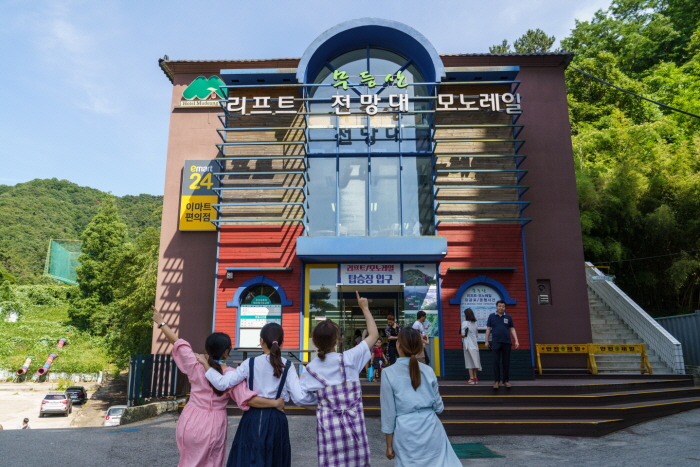
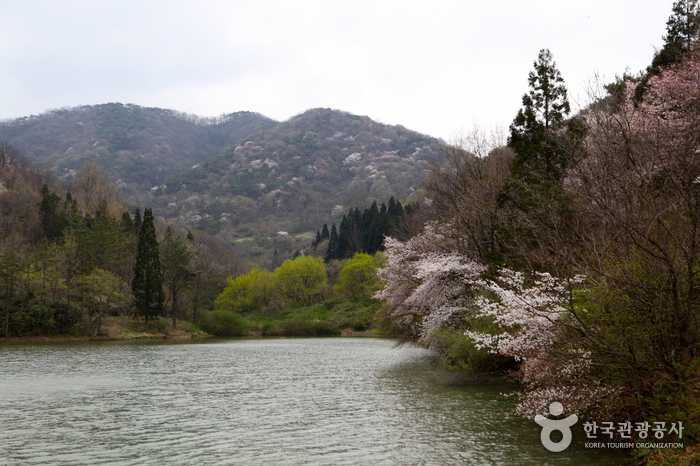
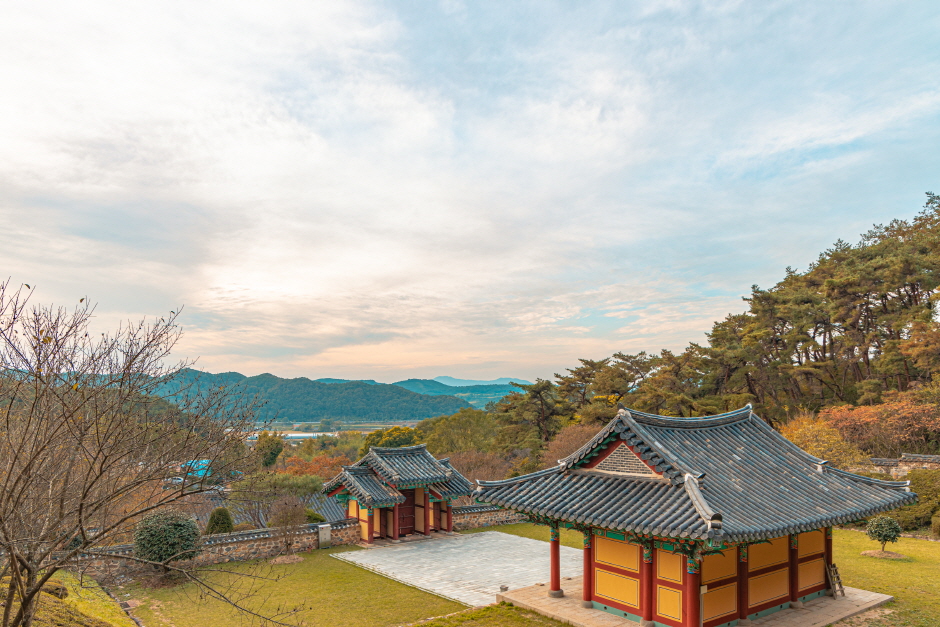
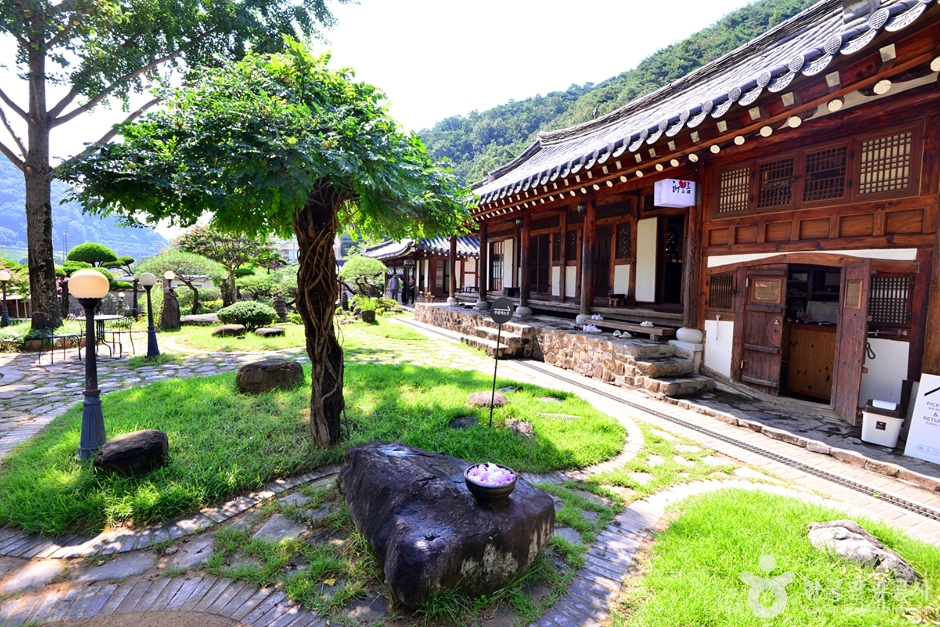
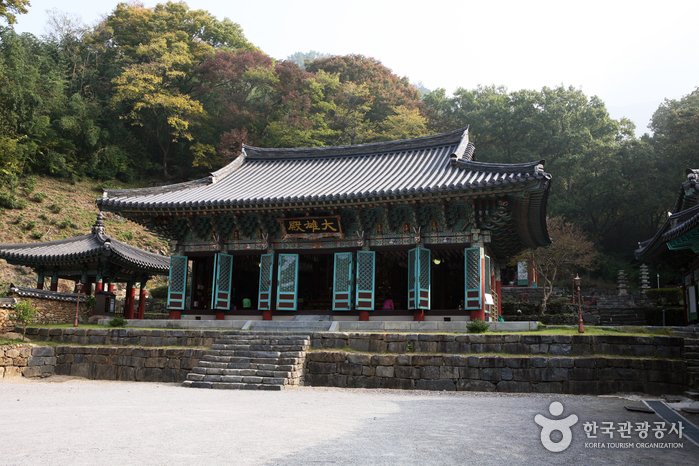
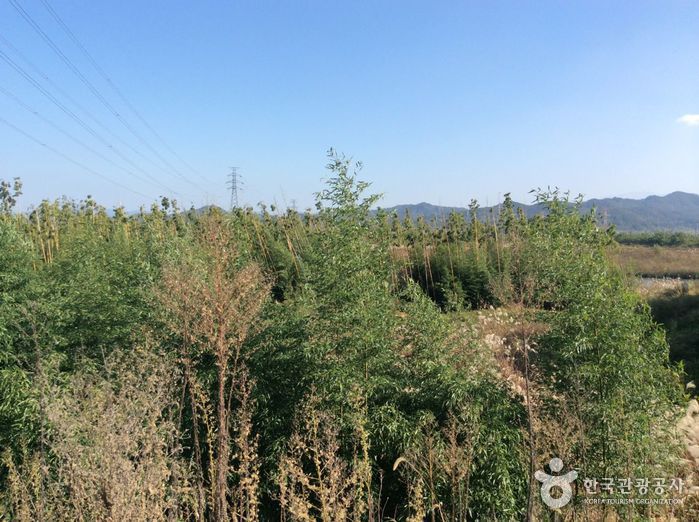
![Maru-o [Korea Quality] / 마루오(MARU-O) [한국관광 품질인증]](http://tong.visitkorea.or.kr/cms/resource/14/2593514_image2_1.jpg)

 English
English
 한국어
한국어 日本語
日本語 中文(简体)
中文(简体) Deutsch
Deutsch Français
Français Español
Español Русский
Русский